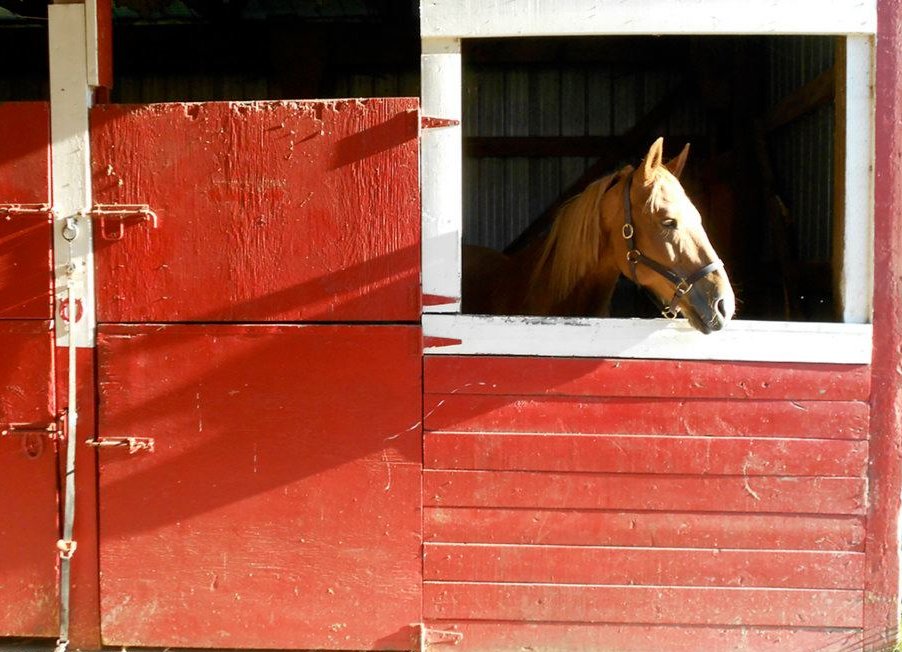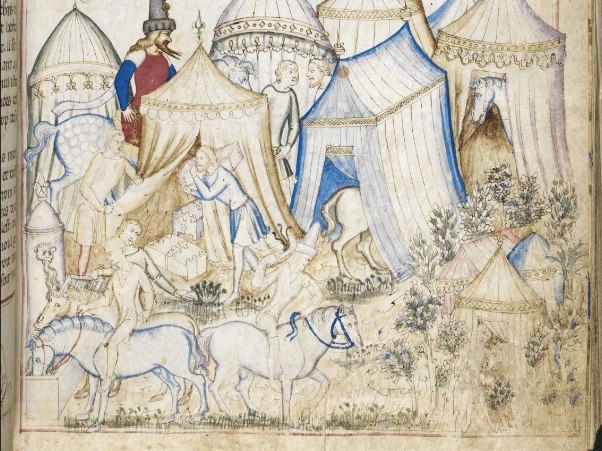Horsemanship Level 4: Stable & Pasture The Stable & Pasture assessment for Level 4 requires you to: 2. Identify good & bad features of setup, emphasizing safety. Clean a stall, choice of tools. This means you now need to apply judgement to your knowledge. Very few stables are ideal. We often wish our pastures, paddocks,…

